Australia’s cultural diversity is one of our greatest strengths and is at the heart of who we are. We all make up the pages of a bigger Australia and we all have a story to tell. We invite you to tell your story with each other – in workplaces, on social network sites, at schools or within communities.You may also choose to share your story with all Australians by taking a photo, filming a video, or writing an article.Share your story today.
Email: harmonyday@immi.gov.au

|
Rescooped by
Maree Whiteley
from Asia and Australia's engagement with Asia
onto Aboriginal and Torres Strait Islander histories and culture February 27, 2013 8:29 AM
|





 Your new post is loading...
Your new post is loading...



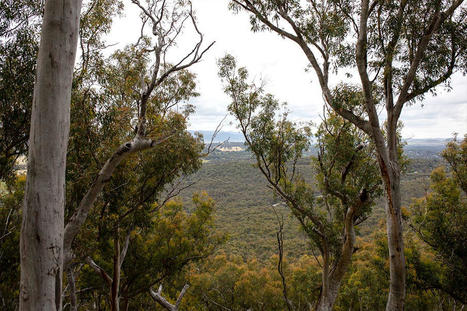


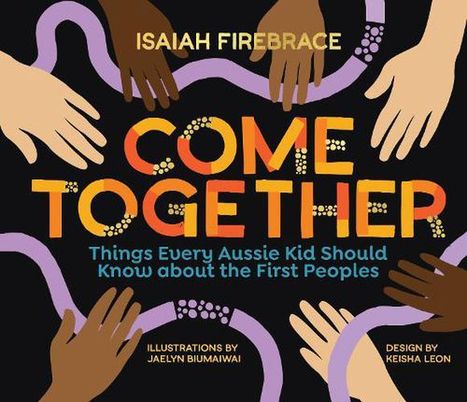



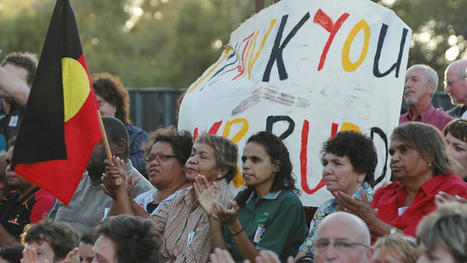


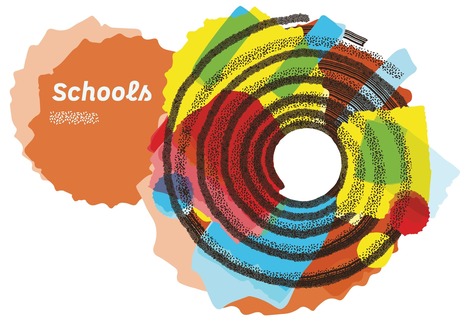
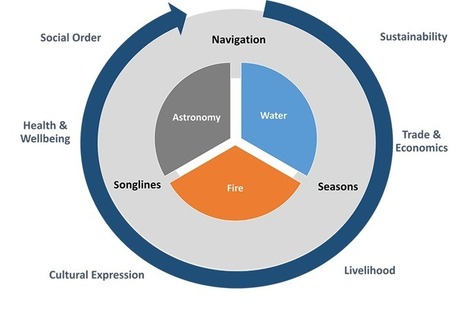
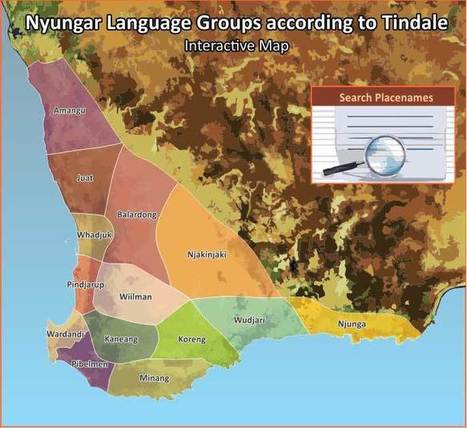

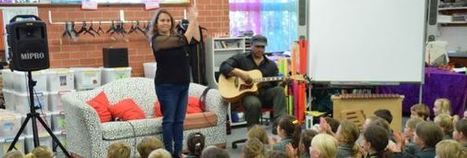



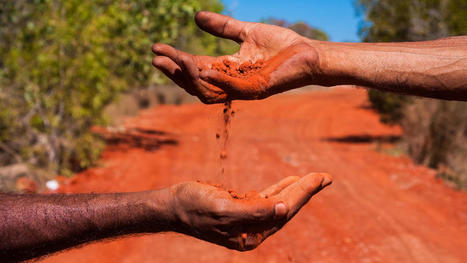


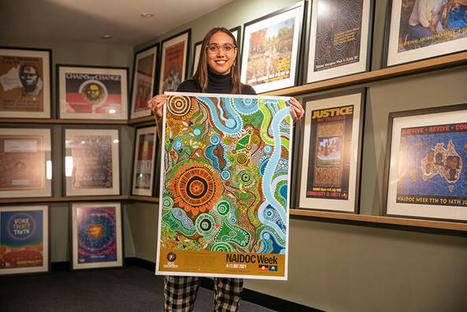


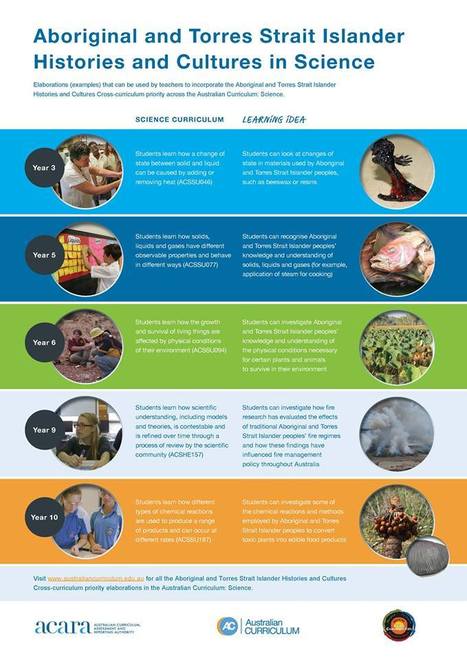
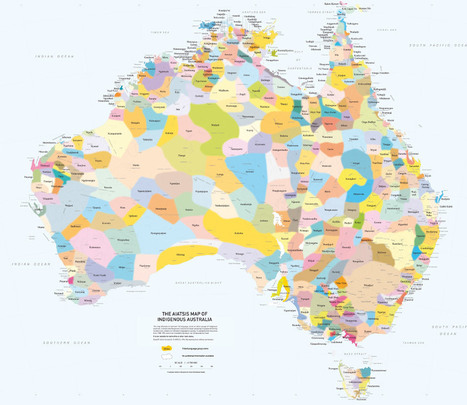







What's your story?
This stimulus could be used in a stage 3 classroom, to encourage the students to participate in personal reflection (Hinett, 2008). It could be used as a lead up activity towards Harmony Day or to get students to think about the cultural cohesiveness of Australia. Students can brainstorm as a group, why they think Australia is a popular location for people to live. Here the teacher can introduce new factual information to stimulate student thinking. Introducing words such as education, health, to seek refuge, employment ect.
Brainstorm and list the birthplace of children in the class and their parents or grandparents. Graph these results and discuss the outcomes, e.g. country where most were born, reasons why there are so many different groups represented in the graph. Use ABS data to compare own class or school to the Australia in general. This numeracy strategy will assist students in comparing class, school or local community with Australia. Does the community have a similar multicultural make-up as other parts of Australia?
This activity will get students to visually understand that there are many people living in Australia whom have a connection to another country. This will support students in understanding that other nations have assisted in shaping the Australian people of today.
Hinett, K. 2008. Improving learning through reflection – part one. [online] Available at: http://www.heacademy.ac.uk/assets/documents/resources/database/id485_improving_learning_part_one.pdf [Accessed: 28 Mar 2014].